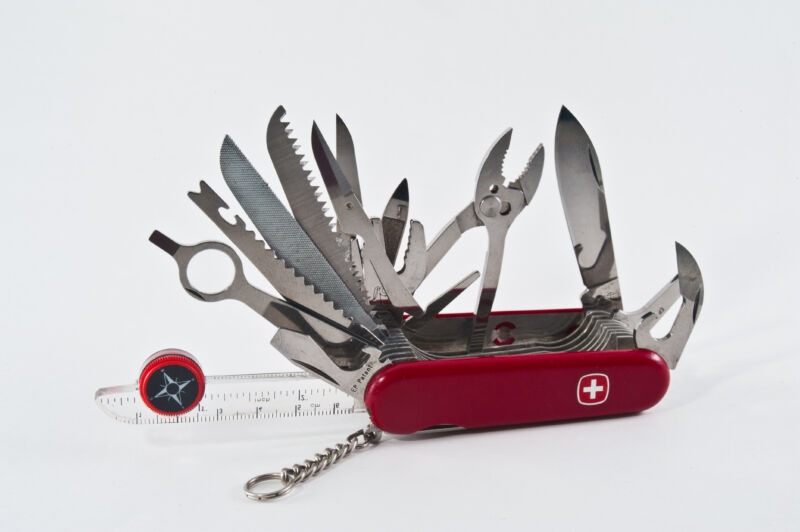When asked to fix something, we don’t even think of removing parts

Enlarge (credit: Jim Pennucci / Flickr)
As a society, we seem to have mixed feelings about whether it's better to add or subtract things, advising both that "less is more" and "bigger is better." But these contradictory views play out across multibillion-dollar industries, with people salivating over the latest features of their hardware and software before bemoaning that the added complexities make the product difficult to use.
A team of researchers from the University of Virginia decided to look at the behavior underlying this tension, finding in a new paper that most people defaulted to assuming that the best way of handling a problem is to add new features. While it was easy to overcome this tendency with some simple nudges, the researchers suggest that this thought process may underlie some of the growing complexity of the modern world.
Let's add stuffThe researchers say they got interested in the topic because they noticed that beyond the admonition that less is more, many fields had specific advice about improvement through subtraction. Editors caution writers about using excess language, social scientists talk about the need to remove barriers, and so on. In contrast, there are few reminders to add stuff to fix problems.
Read 12 remaining paragraphs | Comments